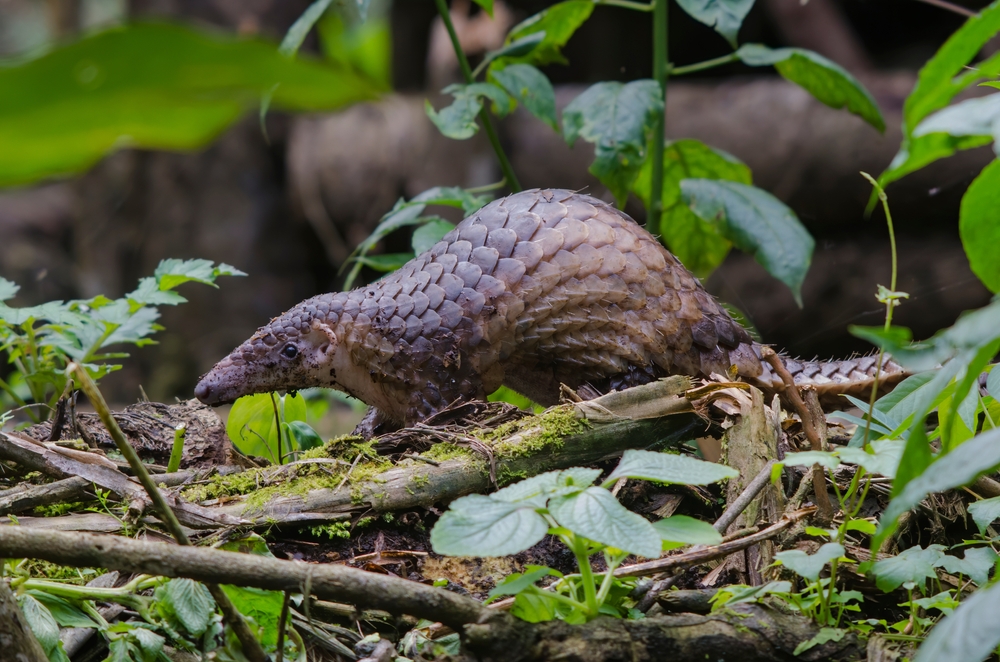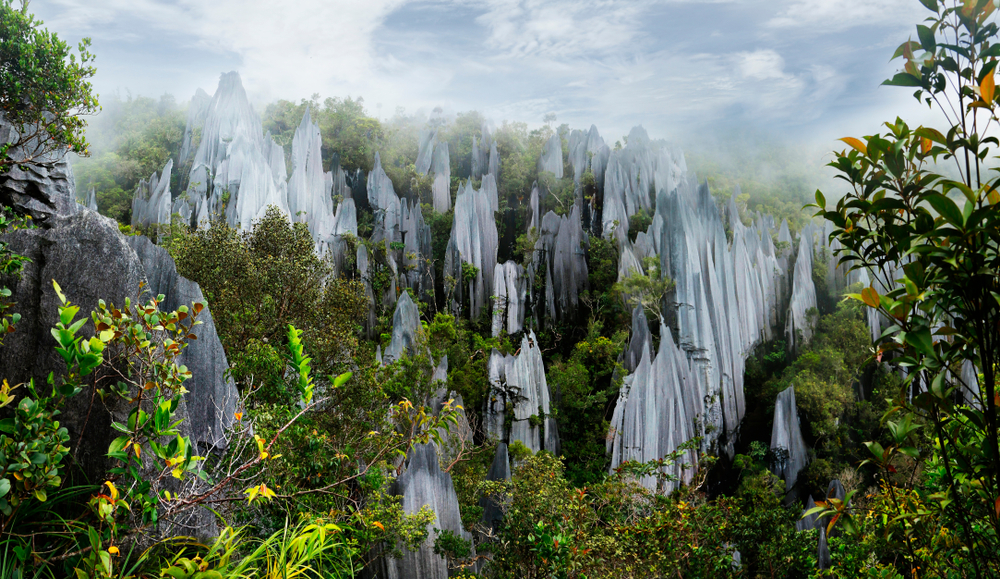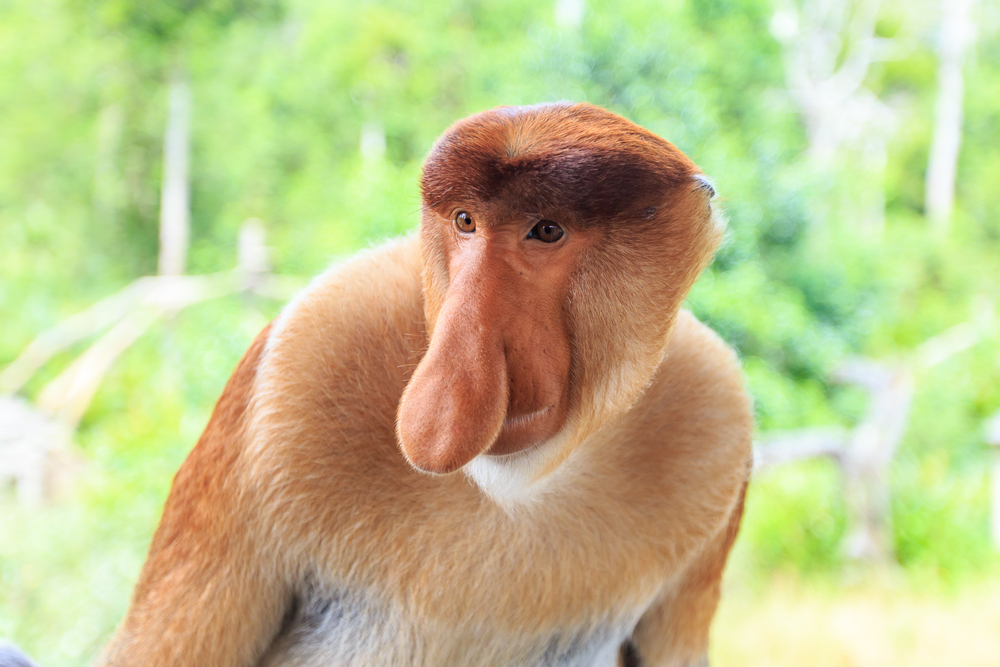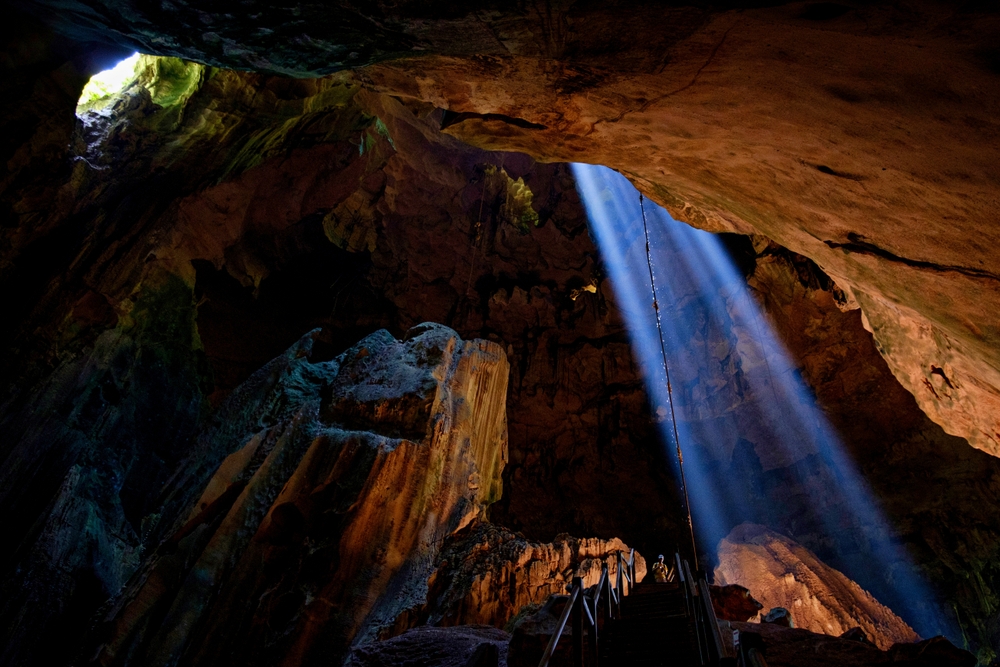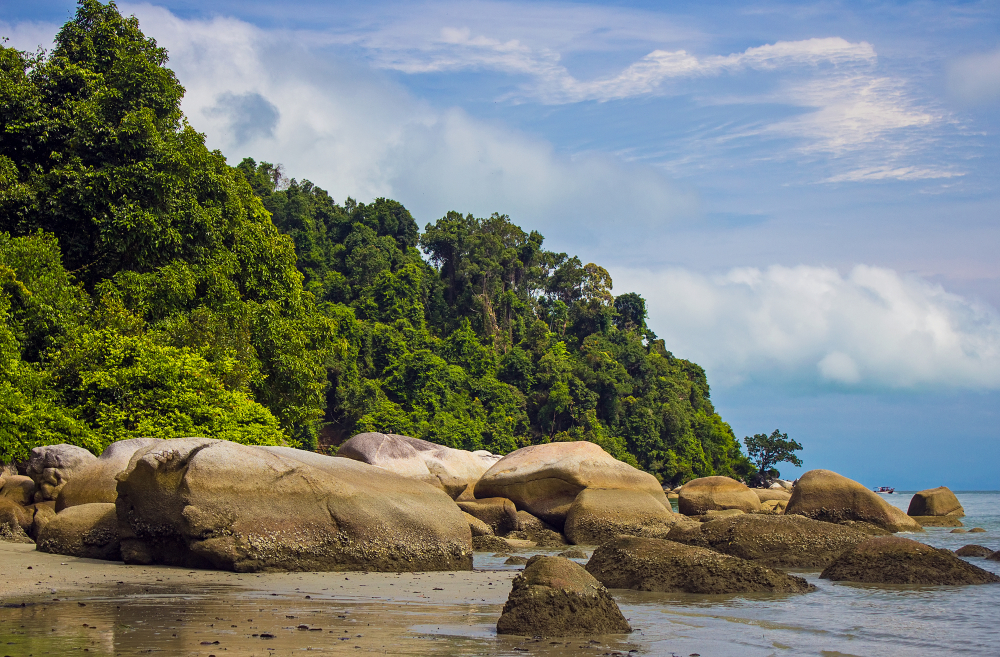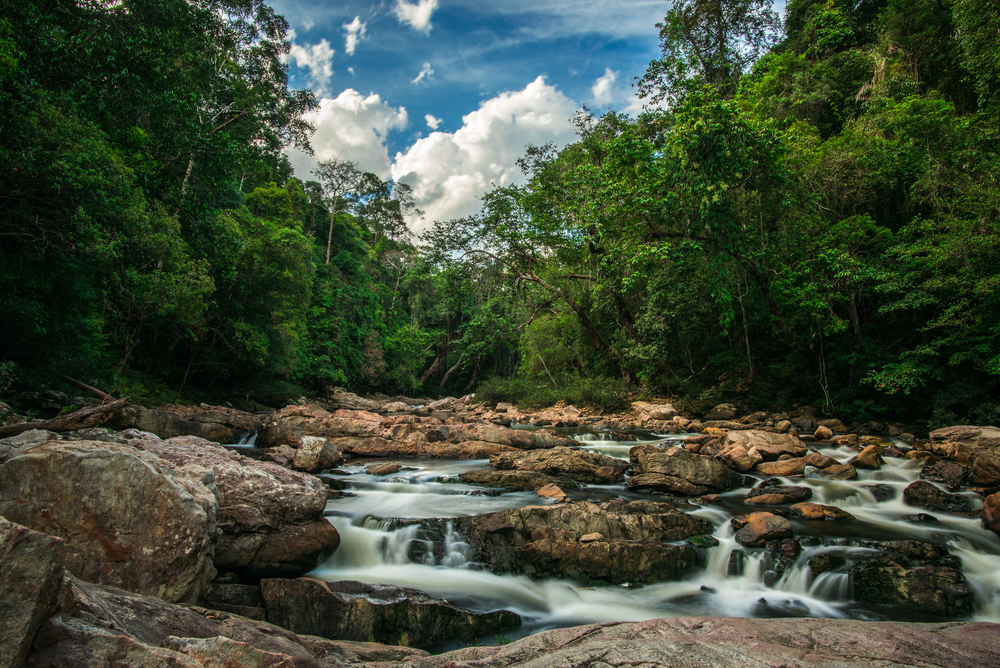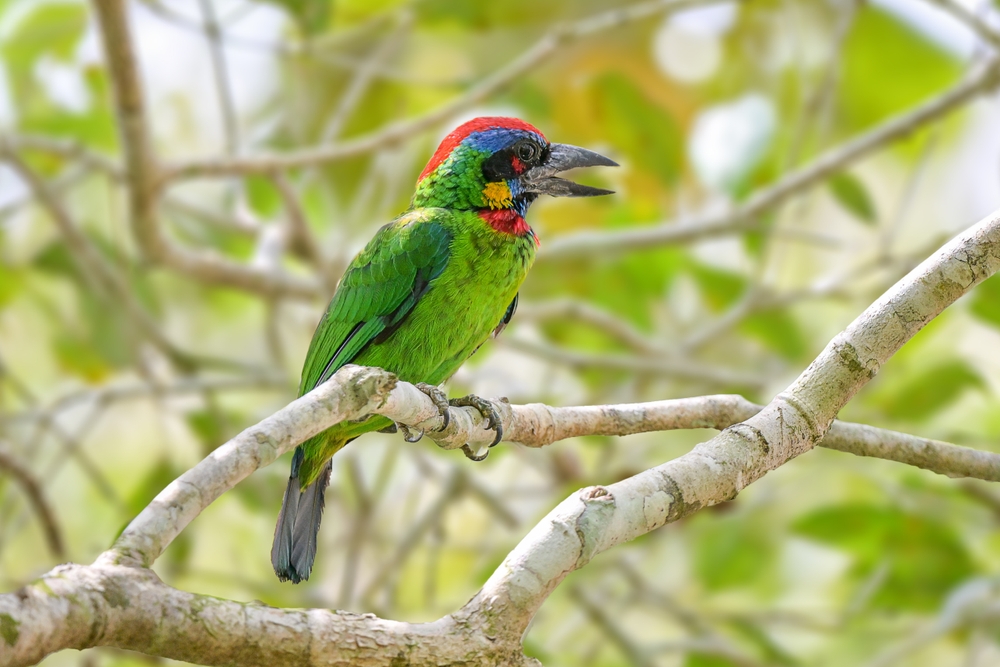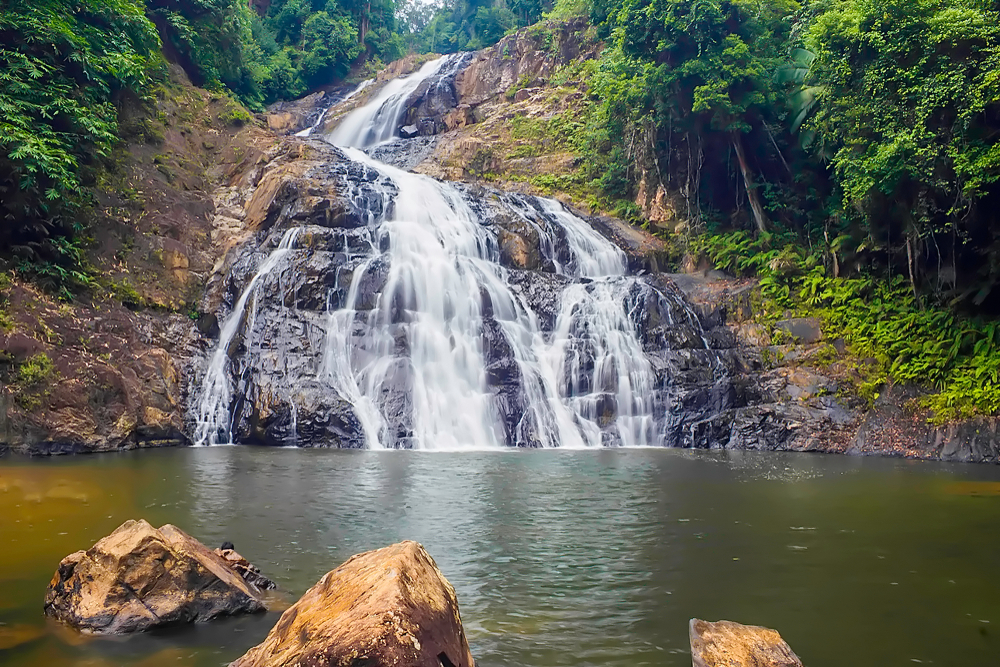Pelagus Overview
Pelagus National Park, located in the heart of Sarawak, Malaysia, is a stunning and remote protected area that showcases the unparalleled beauty of Borneo’s rainforests. Spanning approximately 124 square miles (322 square kilometers), the park lies along the Rejang River, the longest river in Malaysia, and is accessible mainly by boat.
Its isolation adds to its mystique, offering visitors an unspoiled experience of nature. The park is named after the Pelagus Rapids, a series of powerful river rapids that have long been significant to the indigenous Iban and Orang Ulu communities.
The terrain of Pelagus National Park is defined by rugged hills, dense lowland rainforests, and swift rivers that carve through the lush landscape. The park’s vegetation is a mosaic of dipterocarp forests, swampy lowlands, and pockets of montane vegetation in higher elevations.
Towering tropical trees like meranti and keruing dominate the canopy, while a vibrant understory is rich with ferns, orchids, and other epiphytes. The park’s pristine waterfalls, hidden caves, and crystal-clear streams further enhance its scenic allure, providing a tranquil refuge for those seeking serenity in nature.
Pelagus National Park is a haven for wildlife, with its biodiverse ecosystem teeming with rare and endemic species. Visitors may encounter iconic mammals such as the Bornean gibbon, clouded leopard, and sun bear. The park is also home to several smaller creatures like civets, pangolins, and flying squirrels.
Bird enthusiasts will find Pelagus particularly enchanting, as it shelters over 300 species of birds, including the magnificent rhinoceros hornbill, Bornean bristlehead, and various species of kingfishers. Reptiles and amphibians, including monitor lizards and tree frogs, are also commonly spotted within the park.
One of the park’s most popular features is the Pelagus Rapids, whose roaring waters have long been a subject of fascination. The rapids not only challenge river travelers but also provide a vital habitat for aquatic life. Traditional longhouses of the Iban community near the park allow visitors to experience the unique culture of the region through homestays and guided tours. Additionally, the park’s network of jungle trails offers immersive opportunities for hiking and wildlife observation, catering to adventurous travelers.
Visitors can engage with Pelagus National Park through guided eco-tours, river cruises, and jungle trekking. The park’s isolation enhances its appeal to those seeking a raw and authentic wilderness experience. Educational programs and visits to local communities enrich the experience by offering insights into the park’s natural and cultural heritage.
Conservation challenges for Pelagus National Park include illegal logging, poaching, and pressures from nearby development. However, significant conservation successes have been achieved through collaborative efforts involving local communities, NGOs, and government agencies. These initiatives focus on habitat restoration, sustainable tourism, and wildlife protection, ensuring that Pelagus remains a sanctuary for its diverse species.








































































